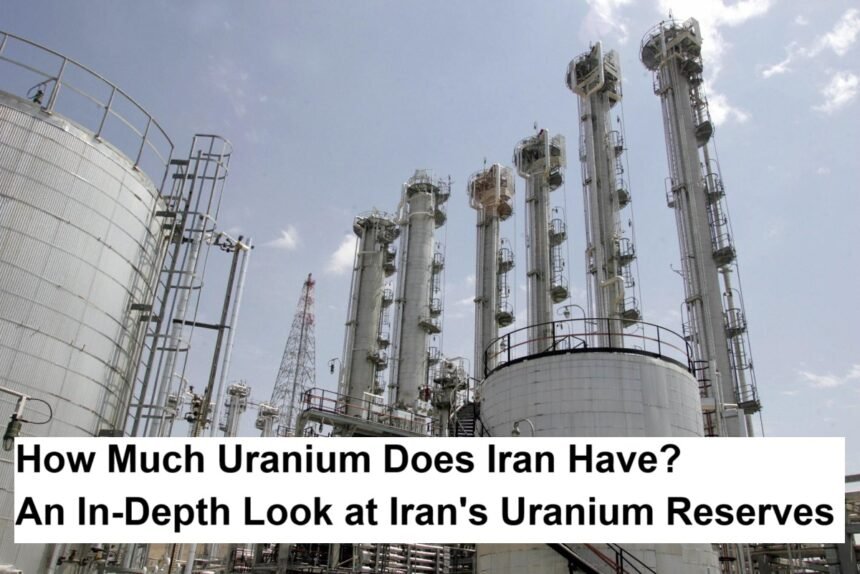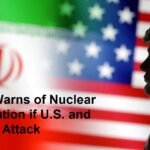When the global community discusses the geopolitics of nuclear energy, Iran’s uranium reserves often sit at the center of many debates. But how much uranium does Iran actually have? Let’s unpack the available data, explore what “uranium reserves” truly mean, and consider the implications for the country and the world.
First, a bit of context: uranium is a naturally occurring element used as fuel for nuclear power plants and, under certain conditions, for nuclear weapons. The term “uranium reserves” generally refers to the amount of uranium that can be economically extracted from the ground. These numbers are not static. New explorations, advancements in mining technology, and shifting market prices can all affect how much is classified as a reserve in any given year.
Iran has a long history with uranium, dating back to before its 1979 revolution. Its initial exploration, often with international partners, identified significant quantities of uranium ore scattered across several provinces. Fast forward a few decades, and the Iranian Atomic Energy Organization controls extensive mining operations, particularly at sites like Saghand and Gachin.
So, what are the numbers? According to information made public by Iranian authorities over the past few years, Iran possesses roughly 1,500 to 2,000 metric tons of identified uranium reserves. Most western assessments, though, tend to be a bit more conservative, estimating slightly less due to varying measurement standards and sometimes limited transparency about newly discovered deposits. For context, these figures refer to uranium ore that can be feasibly extracted and processed with current technologies and under current economic conditions.
Now, keep in mind: the story doesn’t stop at raw ore. The more relevant figure for nuclear energy or weapons programs is how much enriched uranium Iran can produce. Under the Joint Comprehensive Plan of Action (JCPOA)—the much-discussed 2015 nuclear deal—Iran agreed to restrict its uranium enrichment levels and maintain a stockpile of no more than 300 kilograms of uranium enriched to 3.67% purity, in exchange for sanctions relief. However, Iran has since exceeded these limits, arguing that the deal’s benefits have not materialized as promised. The International Atomic Energy Agency (IAEA), which keeps a close eye on Iran’s activities, reported in recent years that Iran’s enriched uranium stockpile has grown to several thousand kilograms, with portions reaching enrichment levels of up to 60%.
Why does any of this matter? Possessing uranium reserves gives Iran a significant amount of self-reliance and bargaining power on the international stage. It means the country is not solely dependent on imports for its fuel cycle, thereby granting it leverage in both energy security and broader political negotiations. However, large uranium reserves are only one piece of the atomic puzzle. Developing the know-how and infrastructure for enrichment and fuel fabrication is just as critical—and in this, Iran is notably advanced compared to many regional peers.
Still, it is important to remember that Iran’s uranium reserves are relatively modest compared to countries like Australia, Canada, or Kazakhstan, which hold a significant share of the world’s extractable supply. For Iran, its reserves are enough to support a peaceful nuclear energy program for decades, but not to overwhelm global markets or single-handedly reshape the nuclear energy landscape.
On a final note, the amount of uranium in the ground and the amount that can realistically be brought to market are very different things. Everything—from prices to political stability—can influence whether untapped deposits are ever worth mining. So while Iran’s uranium story is far from finished, knowing the size of its reserves is just the beginning of understanding its nuclear ambitions and capabilities.












